1.How Many Common Surface Finishing Process?
Polishing: Polishing is a process that involves using abrasives, such as sandpaper, buffing wheels, or polishing compounds, to create a smooth and shiny surface. It removes imperfections, scratches, and surface roughness, resulting in a reflective finish.
Grinding: Grinding is a process where abrasive wheels or belts are used to remove material and achieve a smooth surface or specific dimensional accuracy. It is commonly used to refine the shape or achieve tight tolerances on metal surfaces.
Buffing: Buffing utilizes a rotating wheel or brush along with abrasive compounds to produce a smooth and lustrous surface. It is often employed to enhance the shine and reflectivity of metals, plastics, and even some wood surfaces.
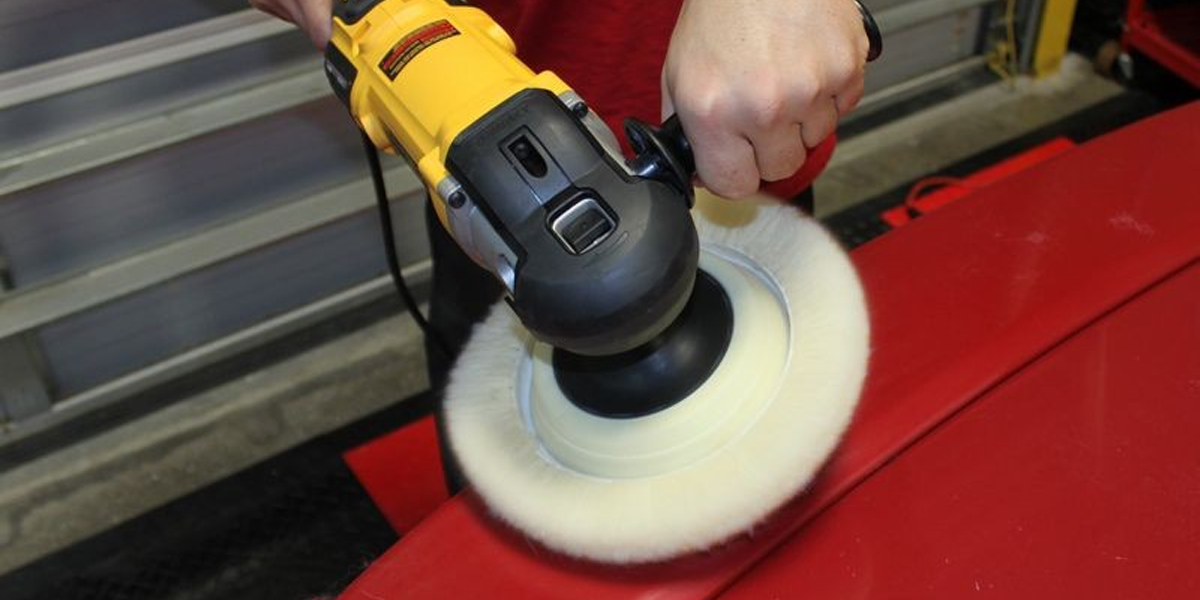
Sanding: Sanding involves using abrasive materials, such as sandpaper or sanding discs, to remove imperfections, smooth rough surfaces, or prepare the surface for further finishing.
Honing: Honing is a precision surface finishing process that uses abrasive stones to improve the geometric form, surface texture, and overall finish of a material.
Lapping: Lapping is a process that utilizes abrasive compounds and a rotating or vibrating surface to achieve high dimensional accuracy and surface finish in flat or spherical surfaces.
Electroplating: Electroplating is an electrochemical process that involves depositing a thin layer of metal onto a substrate. It can enhance the appearance, provide corrosion resistance, improve electrical conductivity, or impart specific functional properties to the material.
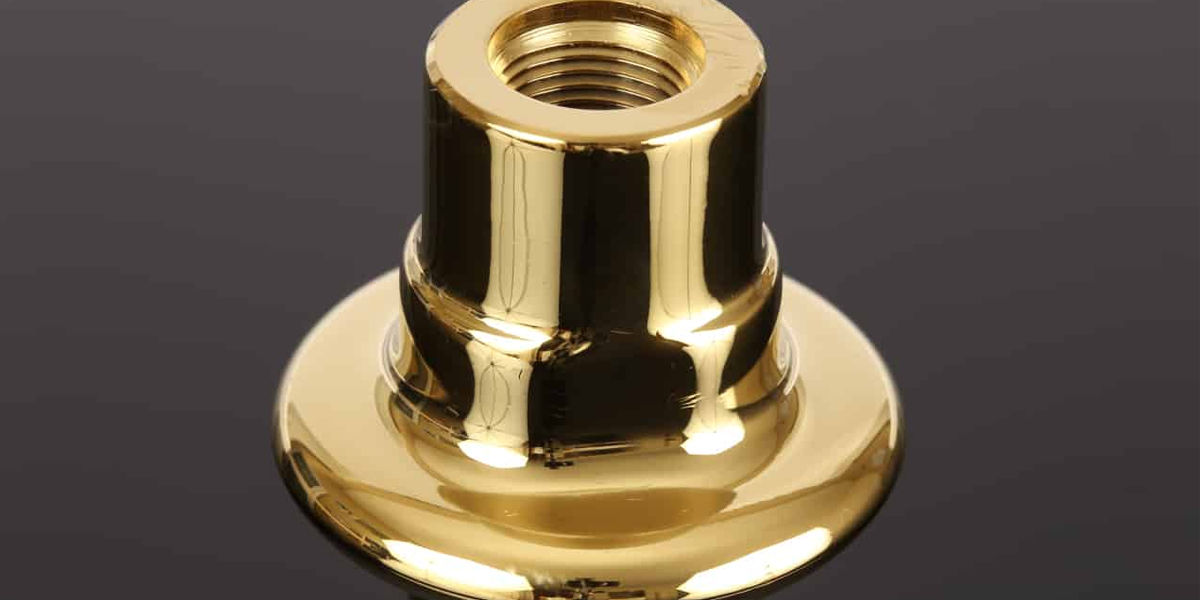
Anodizing: Anodizing is an electrochemical process primarily used on aluminum. It forms a protective oxide layer on the surface, enhancing corrosion resistance, providing color durability, and improving surface hardness. Anodized aluminum can have a range of finishes, from matte to glossy.
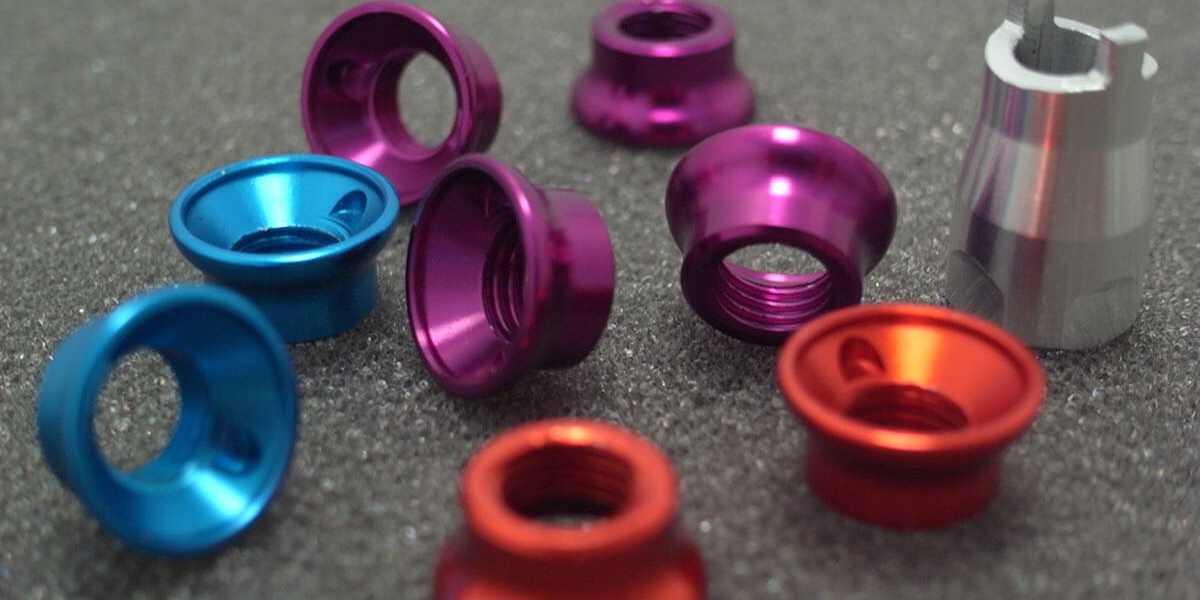
Powder coating: Powder coating is a dry finishing process where electrostatically charged powder particles are sprayed onto a surface. The coated object is then cured under heat, resulting in a durable and attractive finish. It provides excellent resistance to impact, chemicals,
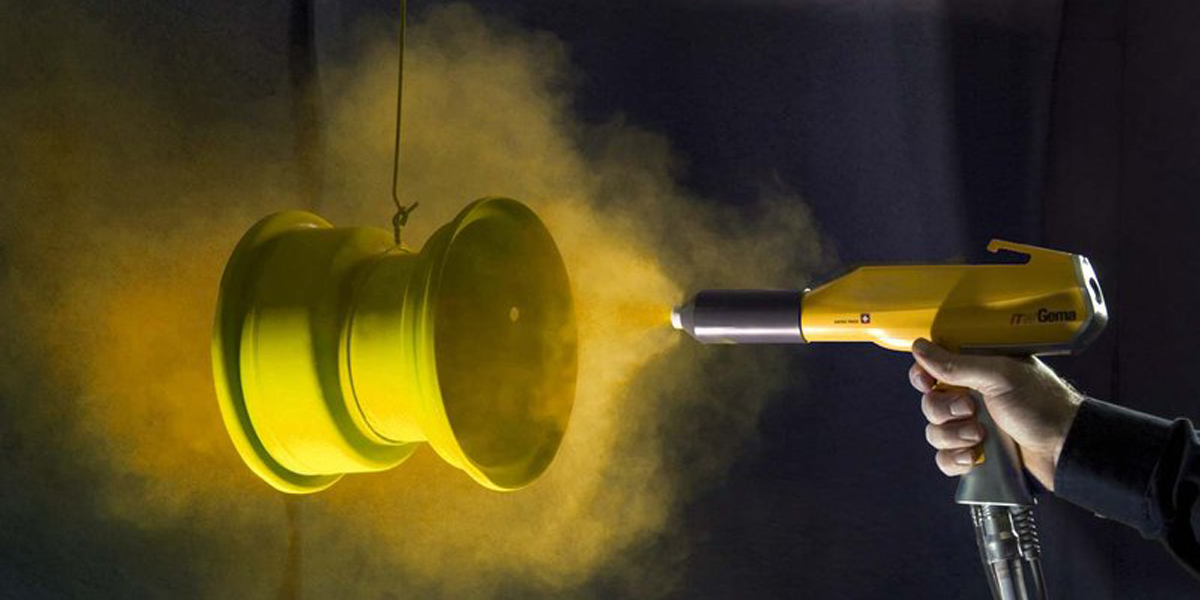
Galvanizing: Galvanizing is a chemical process used primarily on stainless steel to remove free iron and other contaminants from the surface. It improves the material's corrosion resistance by forming a protective oxide layer, thereby reducing the risk of rust or staining.
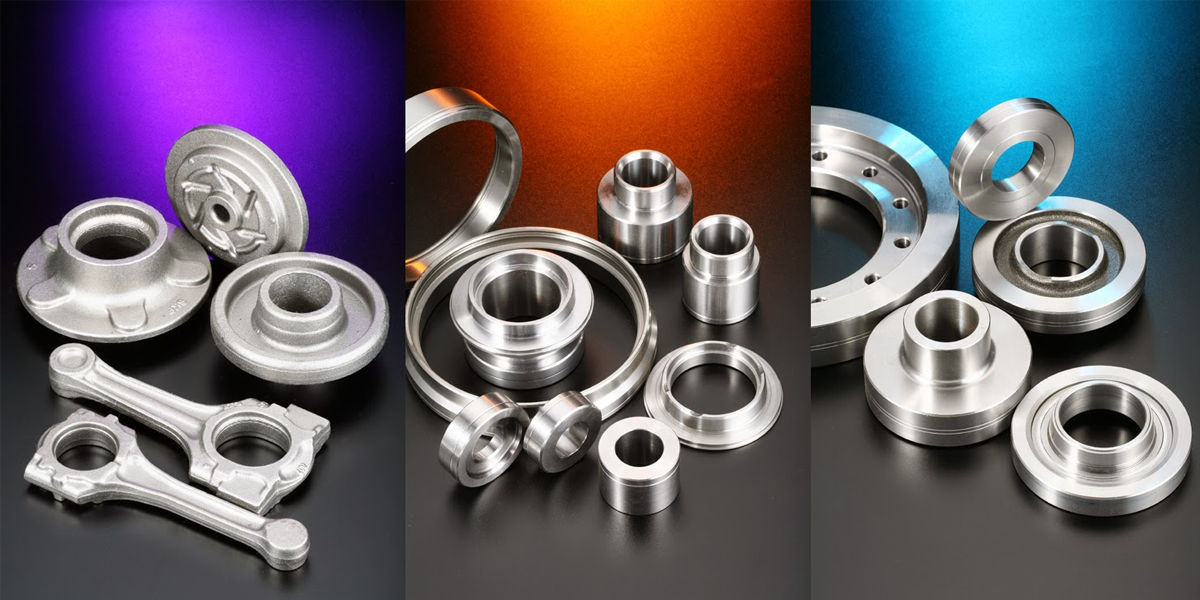
Passivation: Passivation is a chemical process used primarily on stainless steel to remove free iron and other contaminants from the surface, enhancing its corrosion resistance.
Coating: Coating processes involve applying a layer of material onto a surface to provide protection, enhance appearance, or improve functional properties. Different types of coatings, such as paints, varnishes, lacquers, or specialized coatings, can be used based on the desired requirements and the material being coated.
Sandblasting: Sandblasting, also known as abrasive blasting, involves propelling abrasive particles, such as sand or grit, against a surface using compressed air or high-pressure systems. It removes surface contaminants, smoothens rough surfaces, and creates a textured or matte
finish.
Etching: Etching is a process that uses chemicals or acids to selectively remove material from a surface, creating patterns, textures, or designs. It can be done through various techniques, including photochemical etching, acid etching, or laser etching, and is commonly used on metals, glass, ceramics, and even some plastics.
2.Apart from making the product more aesthetically pleasing, what functional role does the surface treatment have?
From improving corrosion resistance to enhancing aesthetics, surface finishing plays a vital role in the manufacturing industry.
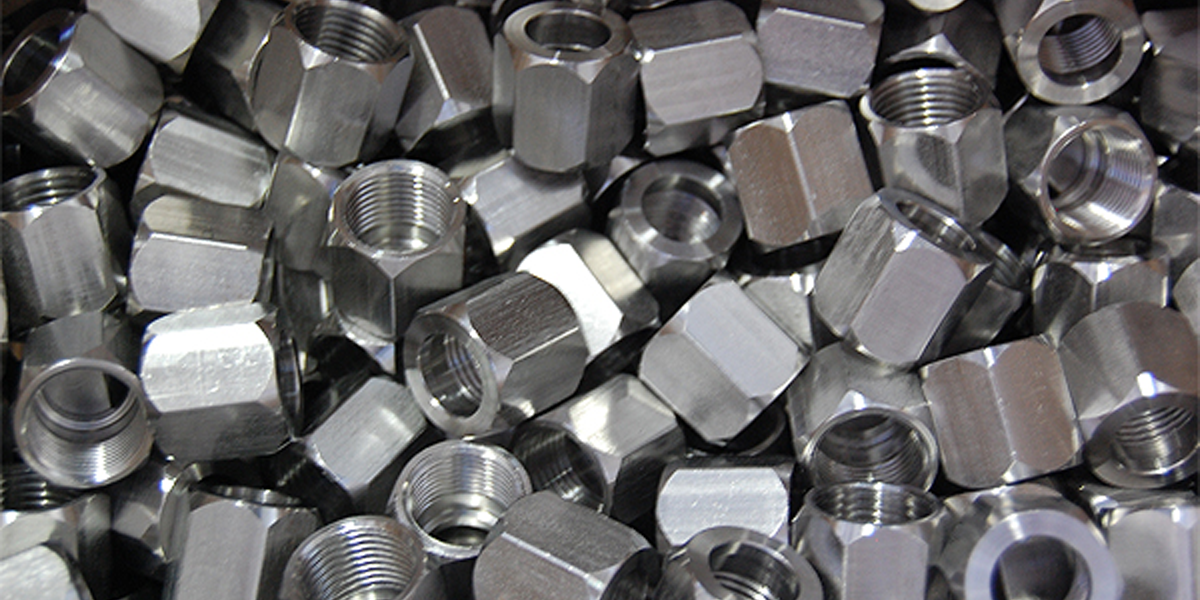
Aesthetics: Surface finishing enhances the visual appeal of a product or material. It can provide a smooth, glossy, or textured appearance, and it can include the application of colors, patterns, or decorative elements. A well-finished surface can significantly improve the overall appearance and attractiveness of a product.
Protection: Surface finishing helps protect materials from various environmental factors, such as corrosion, wear, abrasion, chemicals, and UV radiation. Coatings like paints, anodizing, and galvanizing form protective barriers that shield the underlying material, extending its lifespan and reducing maintenance requirements.
Improved Cleanability: Certain surface finishes can make materials easier to clean by reducing surface roughness and minimizing the adhesion of contaminants, dirt, or stains. Smooth, non-porous finishes are often used in applications where cleanliness and hygiene are essential, such as in food processing, healthcare, or sanitary environments.
Functional Performance: Surface finishing processes can modify the functional properties of a material. For example, polishing or grinding can improve dimensional accuracy, reduce friction, or create specific surface textures to enhance grip or promote lubrication. Coatings can add properties like conductivity, insulation, or resistance to temperature extremes.
Durability and Wear Resistance: Surface finishing treatments, such as hardening processes like heat treatment or plating, can increase the hardness, wear resistance, and toughness of materials. This is particularly important in applications involving high-stress environments or abrasive conditions.
Improved Surface Integrity: Surface finishing can eliminate or reduce surface defects, imperfections, or roughness resulting from manufacturing processes. It can improve the surface integrity, reducing stress concentrations and the risk of failure or fatigue.
Branding and Identification: Surface finishing techniques, such as engraving, embossing, or printing, can be used for branding, product identification, or marking purposes. These techniques help in providing information, logos, serial numbers, or other identifying features on the surface of a product.
3. Surface finishes available for common materials
Metals | Plastics | Ceramics | Glass | Wood | Composites | Leather | Stone |
Polishing | Polishing | Polishing | Polishing | Sanding | Sanding | Dyeing | Polishing |
Grinding | Painting | Glazing | Grinding | Staining | Painting | Waxing | Honing |
Buffing | Powder coating | Painting | Sandblasting | Painting | Gel coating | Polishing | Sandblasting |
Plating | Vacuum metallizing | Printing | Etching | Varnishing | Clear coating | Burnishing | Brushing |
Powder coating | Printing | Coating | Coating | Lacquering | Varnishing | Coating | Acid etching |
Anodizing | Sandblasting | Sandblasting | Waxing | Polishing | Coating | ||
Passivation | Etching | Etching | Oil finishing | Coating | |||
Sandblasting | Coating | Coating | |||||
Coating | |||||||
Etching |
Consult With Us Now About Which Surface Finishing Is A Better Match For Your Project. →